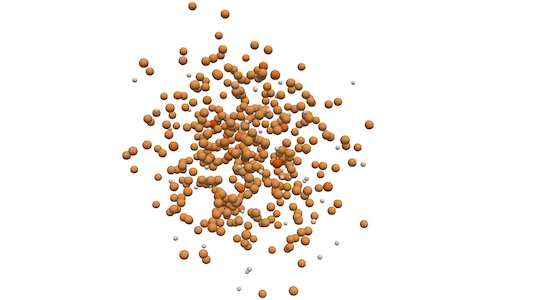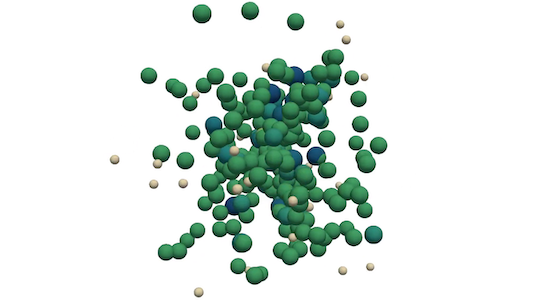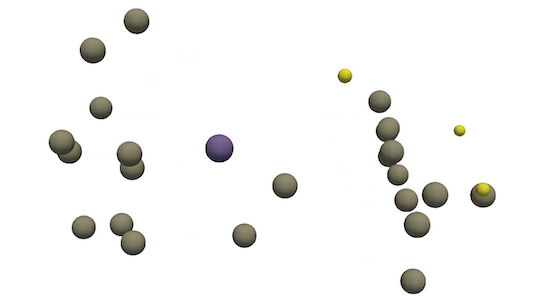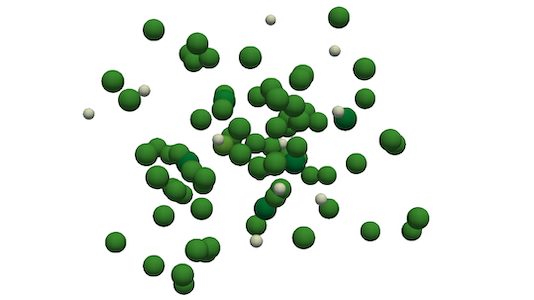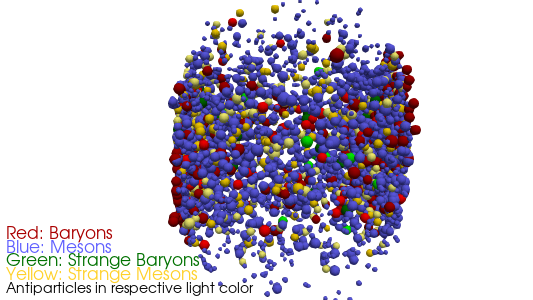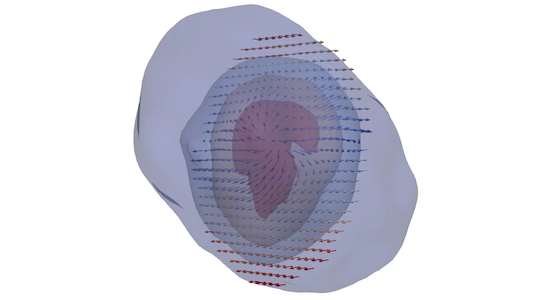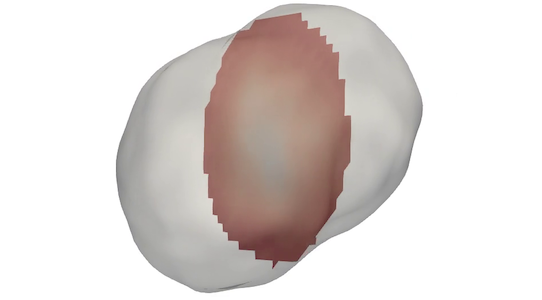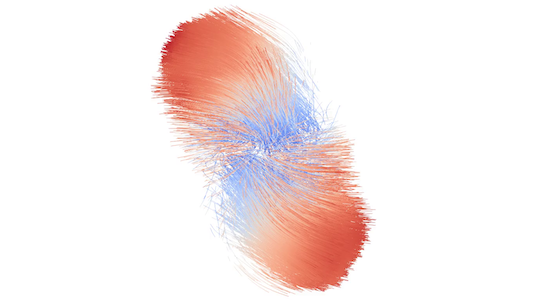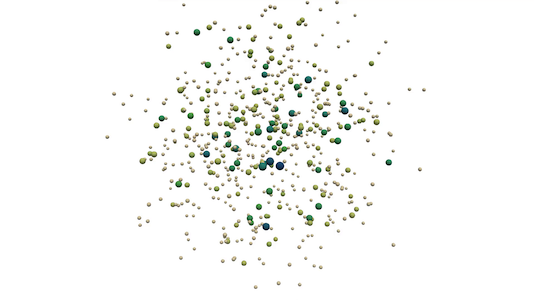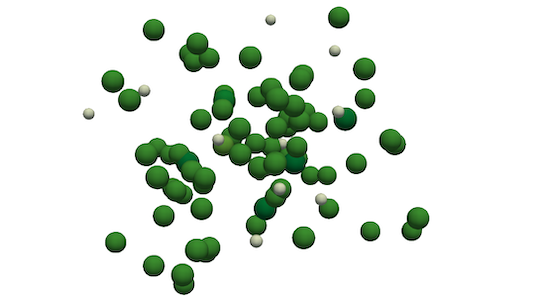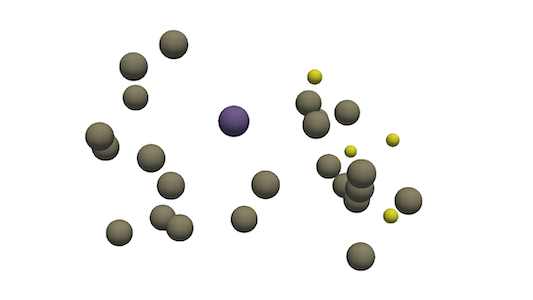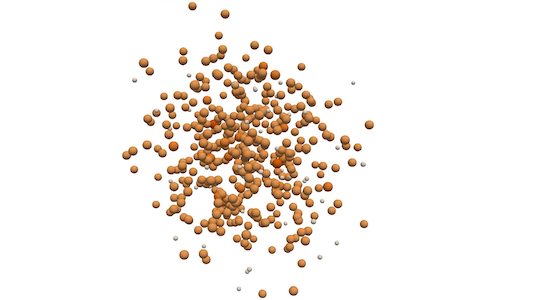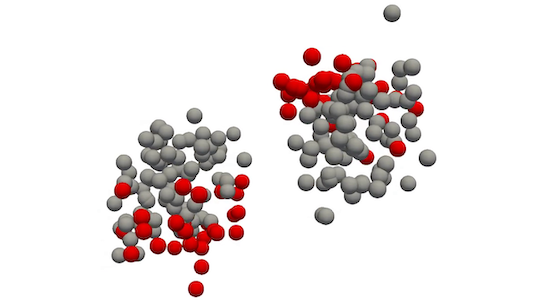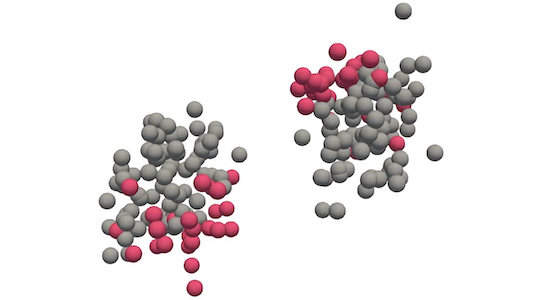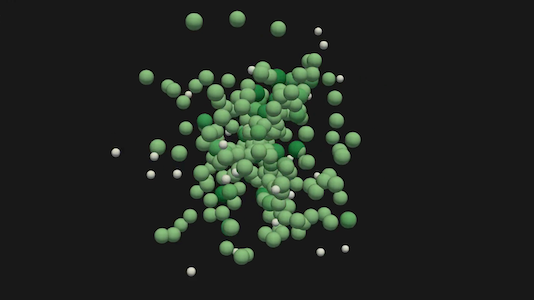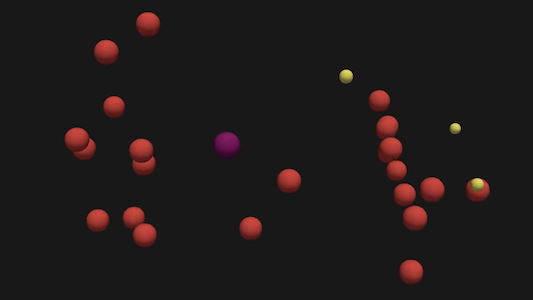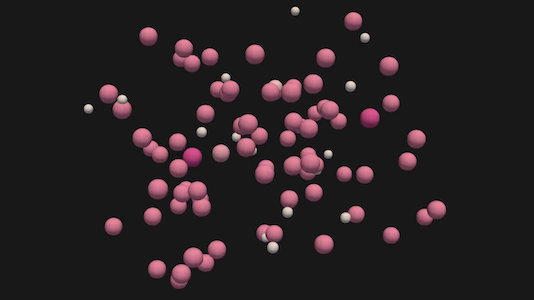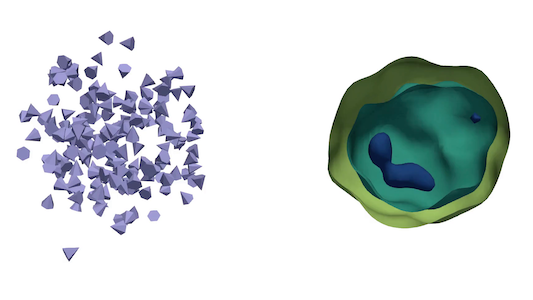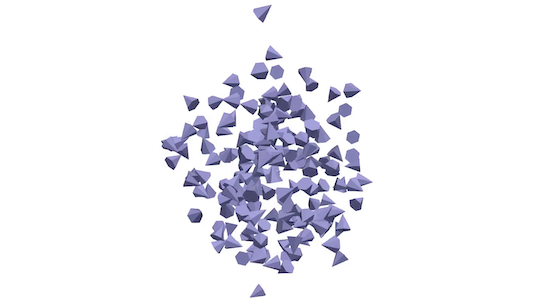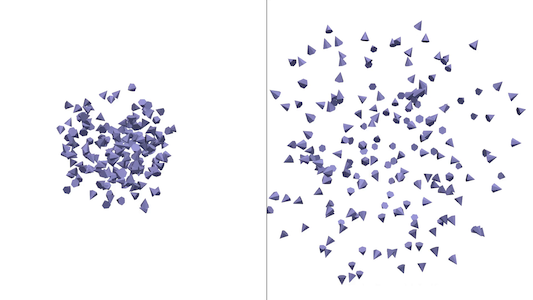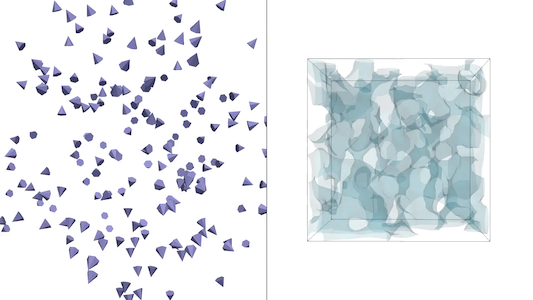SMASH Movies
A collection of movies visualizing different collision systems and features of the transport approach.
ParaView state files are downloadable for some movies to easily recreate them.
Please be aware of the ParaView version with which they were created.
For a tutorial on how to produce such animations or adapt the provided state files see the Movies Tutorial Page.
Visit the Hybrid Movies page for a collection of movies based on the SMASH-vHLLE-Hybrid approach.
Except where otherwise noted, all movies on this site are licensed under CC BY 4.0
If you are interested in a movie with particluar parameters (e.g., collision system, collision energy, impact parameter) which is not on our homepage, feel free to contact us via elfner(at)itp.uni-frankfurt.de.
